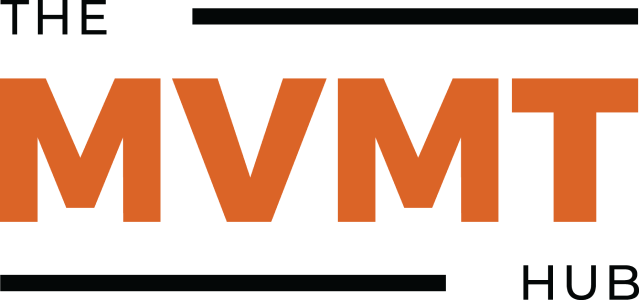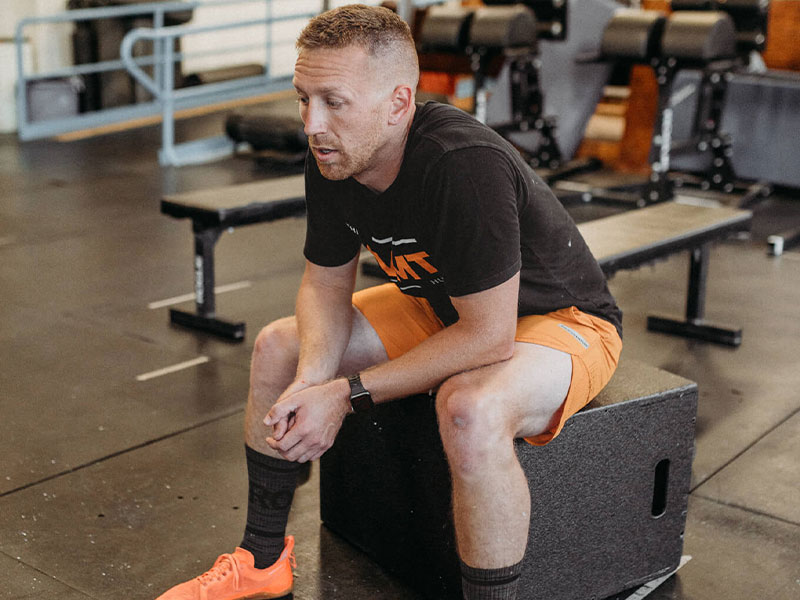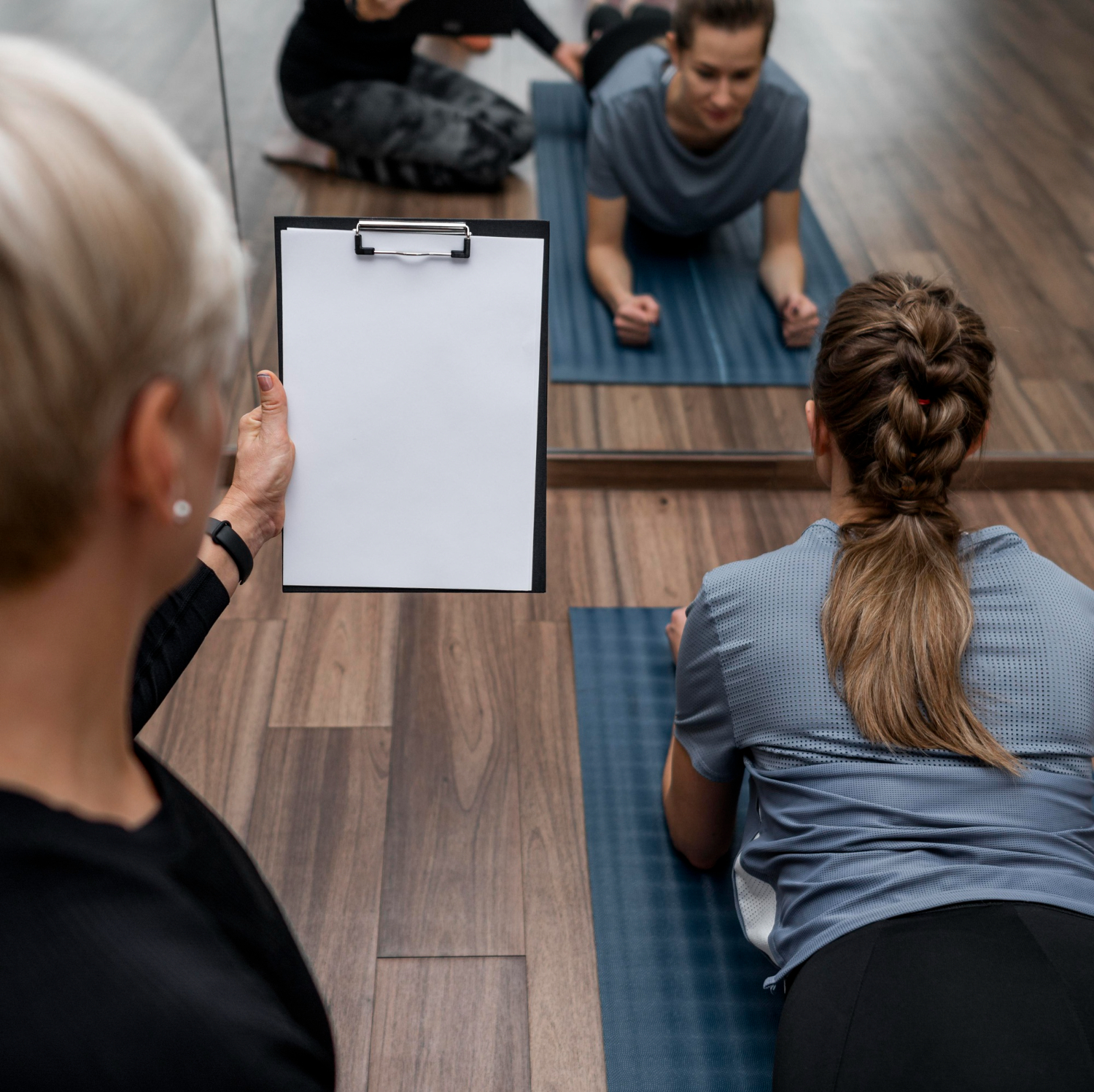The journey from completing physical therapy to returning to regular activity can be challenging for athletes and individuals recovering from sports injuries. As a sports rehab doctor, my role is to bridge the gap and ensure a smooth transition, providing the necessary support and guidance for a successful return to activity. In this blog post, we’ll explore the importance of this transitional phase and discuss how I can assist patients during this crucial period.
Understanding the Transitional Phase:
You’ve completed your physical therapy treatment plan and been released by your provider, yet for some reason you aren’t feeling equipped to get back on the field, court or floor yet. After completing physical therapy, it’s important to recognize that the recovery process is not yet complete. The transitional phase acts as a bridge, helping patients gradually regain strength, mobility and confidence before resuming regular activity. This will likely look different for each individual and should include sport specific movements and training or individualized planning to aid in your full return to activity. This phase is crucial for minimizing the risk of reinjury and optimizing performance.
Tailored Treatment Plans:
As a sports rehab doctor, trainer and coach, I create customized treatment plans that address the unique needs of each patient. These plans focus on building upon the progress made during physical therapy, incorporating exercises and techniques specific to the individual’s sport or activity. This goes beyond some of the more simple exercises and focuses into shapes, positions and movements that you may experience in your sport. By tailoring the treatment plan, we ensure a safe and effective transition back to full activity.
Progressive Rehabilitation:
During the transitional phase, I emphasize progressive rehabilitation. This approach involves gradually increasing the intensity, duration, loading and complexity of exercises and activities. When an injury occurs the capacity for loading is decreased, in weight, force generation, energy absorption and coupling. Thus, a progressive overload approach, starting at the tissue’s current capacity, is required to restore capable tissues in various loading mechanisms. By progressively challenging the body, we allow it to adapt and strengthen over time, reducing the chances of setbacks and promoting sustainable recovery.
Individualized Monitoring and Support:
To ensure a successful transition, ongoing monitoring and support are essential. I closely monitor patients’ progress, providing guidance, feedback and necessary adjustments to their treatment plans. Unfortunately, the road to recovery or return to activity is not a liner path. Setbacks happen along the way, just as progress does, so maintaining a close relationship with each patient makes tailoring to those ups and downs vital. This personalized attention helps identify any potential issues early on and allows for timely interventions, optimizing the transition process.
Education and Self-Management:
Empowering patients with knowledge is a key component of bridging the gap. I provide education on injury prevention strategies, self-management techniques and proper warm-up and cool-down routines targeted to each individual. By arming patients with this information, they become more invested, active participants in their own recovery, making informed decisions and reducing the likelihood of future injuries.
Mental and Emotional Support:
Returning to regular activity after an injury can be mentally and emotionally challenging. As a sports rehab doctor, I understand the importance of addressing these aspects of recovery. I help patients manage any anxiety, fear or doubts they may have about re-injury or further injury, providing encouragement and motivation throughout the transitional phase.
As a recap, bridging the gap between completing physical therapy and returning to activity is a critical phase in the recovery journey. As a sports rehab doctor, my role is to support and educate patients during this transitional period, ensuring a safe and successful return to regular activity. By tailoring treatment plans, emphasizing progressive rehabilitation and loading, providing individualized monitoring and support, offering education and self-management strategies and addressing mental and emotional aspects, I strive to empower patients and facilitate their journey towards optimal performance and well-being.




